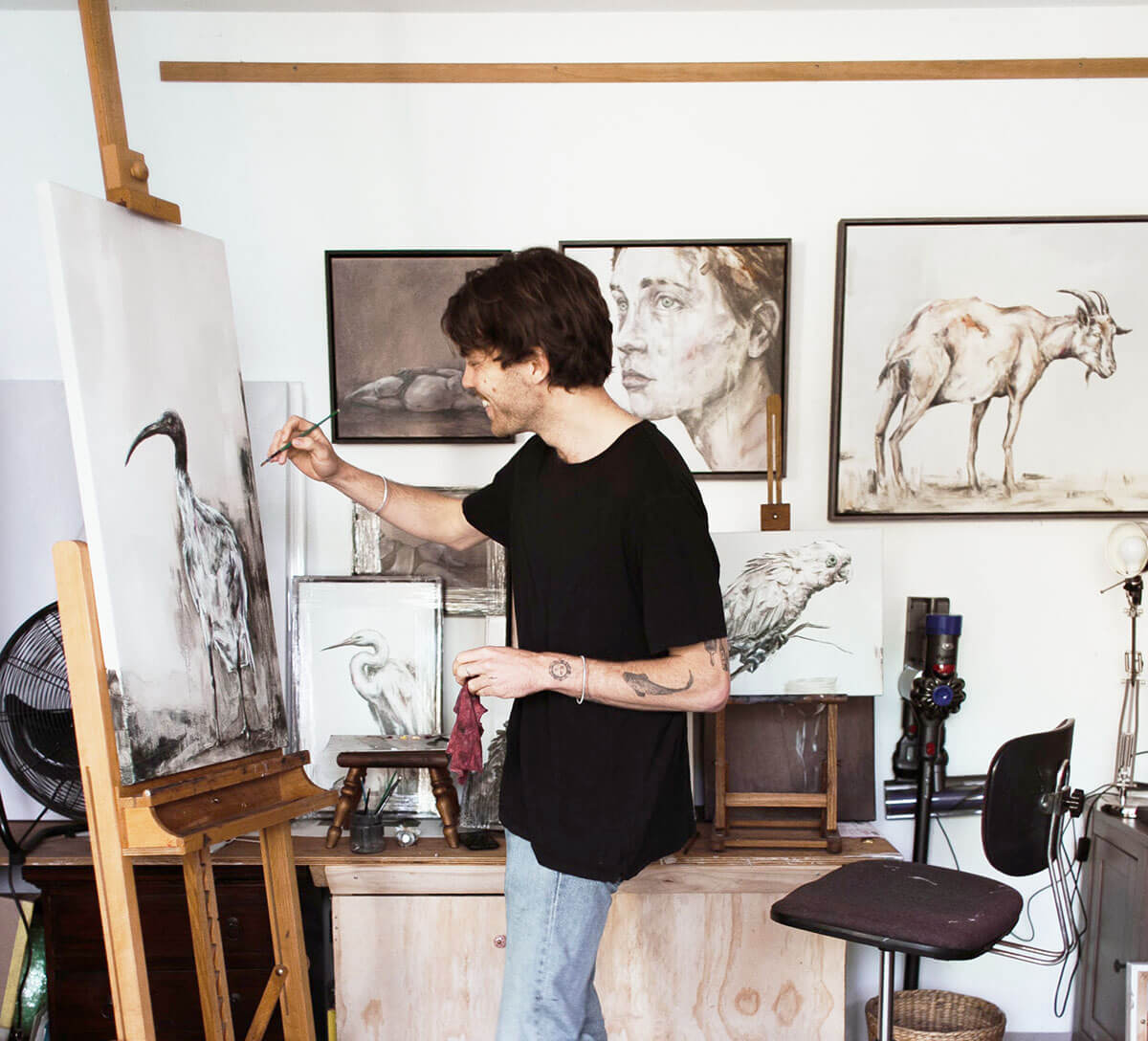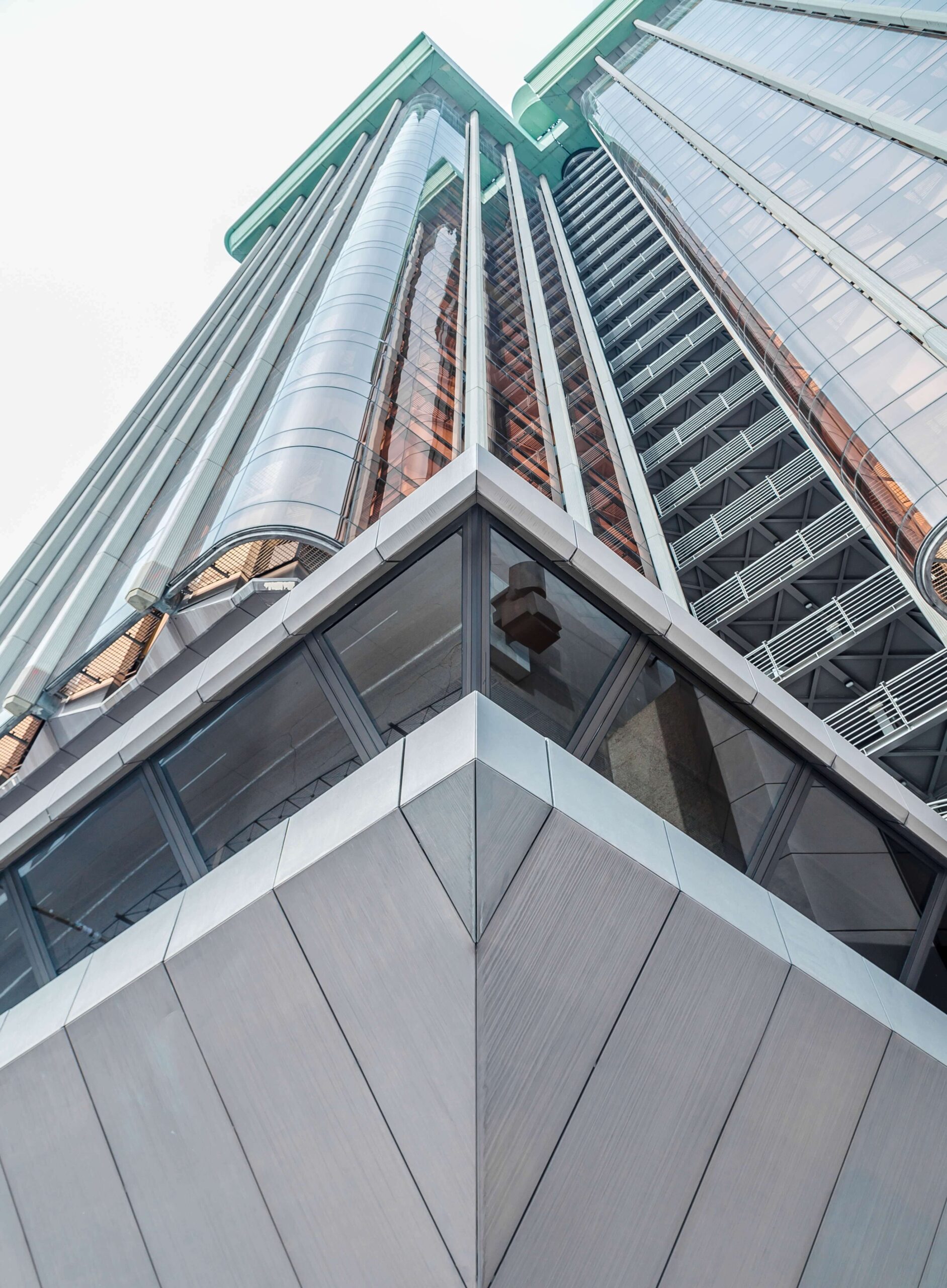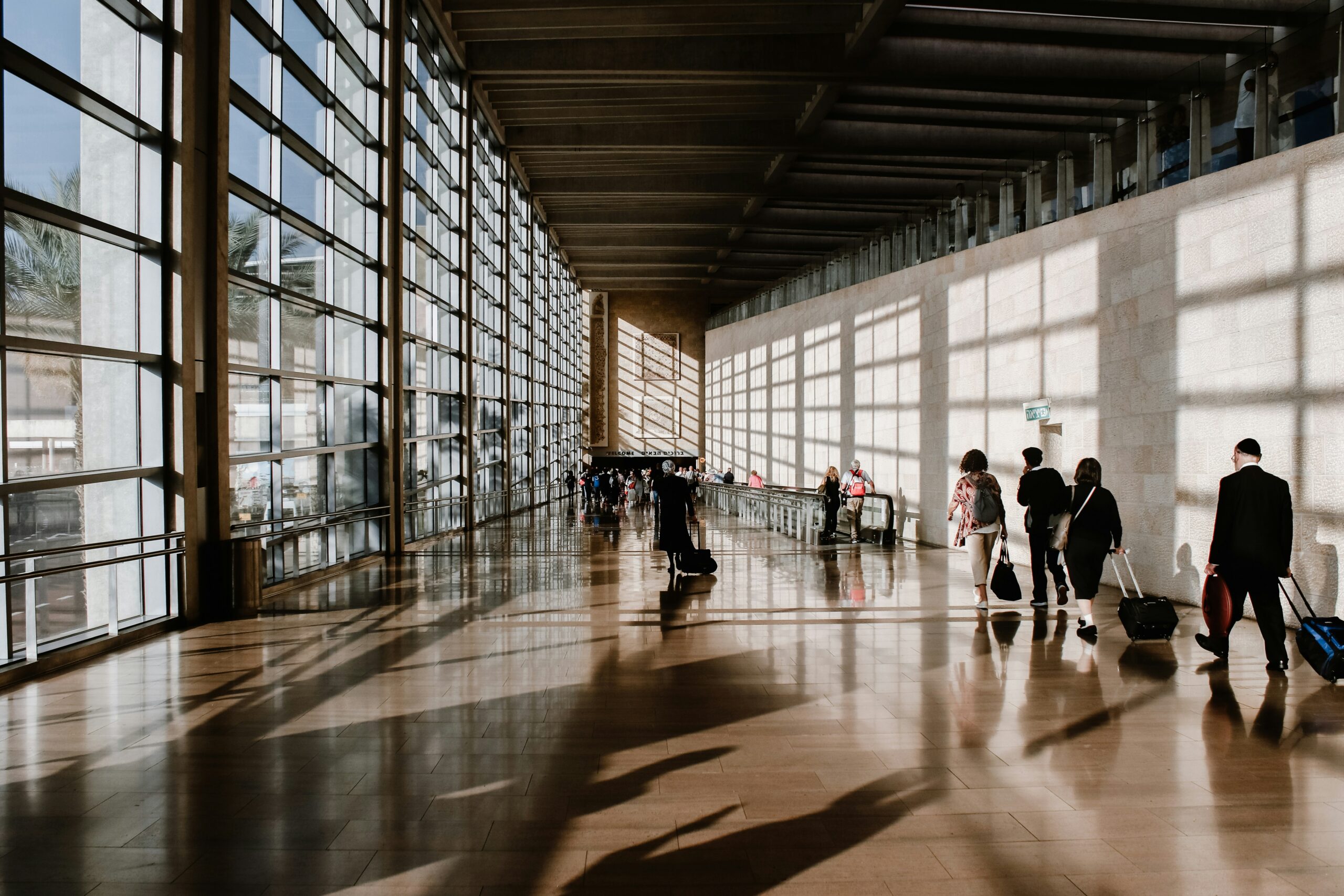:max_bytes(150000):strip_icc():format(jpeg)/TAL-hollyhock-house-la-NOUNESCOFLW0525-a4961d5cbdb44b5982698707275ac9a0.jpg)
- Hollyhock House, a Frank Lloyd Wright-designed building, is the only UNESCO World Heritage Site in Los Angeles, but could lose its status due to budget cuts.
- As per UNESCO requirements, the home must have at least four full-time staff members—but the proposed cuts would leave Hollyhock House with just one full-time employee.
- Staffing reductions would also force it to close to the public.
Hollyhock House, located in East Hollywood, is one of Los Angeles’s most iconic landmarks and is the only UNESCO World Heritage Site in the city—however, this architectural gem may soon lose its UNESCO status and close to the public.
Facing a major budget shortfall, L.A.’s City Council is weighing municipal cuts and staffing reductions proposed by Mayor Karen Bass, some of which affect the Department of Cultural Affairs, which manages Hollyhock House. The landmark currently has two full-time employees, and under the potential plan, it would be left with just one staff member. Additionally, two other positions, which are currently vacant, would also be eliminated, making it impossible to support public tours and ongoing preservation efforts.
The house officially earned UNESCO World Heritage status in 2019. It’s one of just 26 UNESCO World Heritage Sites in the United States and the only man-made one on the West Coast. However, guidelines require the house to have at least four full-time staffers in order to maintain its UNESCO status. Additionally, the cuts will affect the city’s ability to preserve and maintain one of arguably the most unique buildings in L.A.
“Hollyhock House was the first Los Angeles commission for the legendary architect Frank Lloyd Wright,” says Andrew Salimian, director of advocacy at the Los Angeles Conservancy, a historic preservation organization. “… Hollyhock House is an extraordinary and early expression of Southern California Architecture.”
This massive, 17-room residence was designed by Frank Lloyd Wright for American oil heiress and socialite Aline Barnsdall, who intended it to be a part of a massive, 36-acre art and theater complex. However, the project was never fully completed, and Barnsdall found the home too impractical to live in. So, in 1927, the house was donated to the City of Los Angeles, and it became a public museum in 1976. Heavily inspired by pre-Columbian Central American architecture, Hollyhock is considered to be one of Wright’s most experimental works and is best known for the hollyhock motifs (Barnsdall’s favorite flower) that visitors can spot around the property. As of now, the site is open to visitors Thursday through Saturday, from 11 a.m. to 4 p.m.
In recent years, the city has invested heavily in renovating Hollyhock House. During the pandemic, it closed for two years, and during that time, its massive fireplace, art-glass balcony doors, the guesthouse, and original Wright-designed furnishings were restored. The proposed cuts have been a shock to both preservationists and architecture fans.
“The city worked for over 15 years to get UNESCO status for Hollyhock House, and now these cuts will adversely affect the preservation, protection, and public access to this site,” says Salimian.

:max_bytes(150000):strip_icc():format(jpeg)/TAL-hollyhock-house-la-NOUNESCOFLW0525-a4961d5cbdb44b5982698707275ac9a0.jpg?w=872&resize=872,547&ssl=1)






